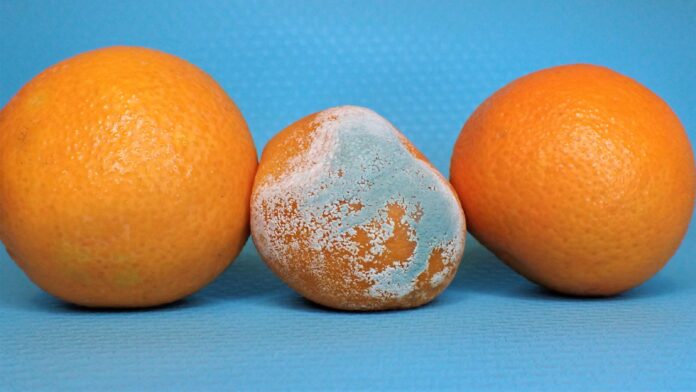Mold is a type of fungus that can be found almost anywhere oxygen and moisture are present, and quite often, this includes food. While some foods, such as certain types of cheese, are made with mold as part of the manufacturing process, in general, finding mold in your food is a sign that it’s time to throw it away, as consuming mold can cause illness and trigger allergic reactions. That said, not all moldy foods need to be discarded in their entirety. In some cases, food can be safely salvaged by cutting around the moldy area. Read on to learn more about how to handle moldy food.
What to Toss
Soft foods with a high moisture content are especially susceptible to mold growth and should be discarded immediately when mold starts to appear. Soft cheeses, luncheon meats, baked goods, and cooked leftovers are a few common examples of foods where mold is able to spread quickly and potentially produce harmful mycotoxins. If you’re not sure about a particular food, err on the side of caution and throw it away.
What to Keep
Foods with a dense texture, such as carrots, bell peppers, and hard cheeses, can often be salvaged when mold growth is limited to the surface. If you notice mold growing on foods that fall into this category, carefully cut out an inch around the affected area, making sure to remove all visible mold. However, if mold is present in soft areas or inside the food, it’s better to dispose of it completely.
Proper Disposal
Discarding moldy food properly is necessary to prevent potential contamination and spread to other parts of your home. Place moldy food in a plastic bag and seal it tightly before throwing it into the trash, and avoid composting, as this will introduce mold spores into your compost and make it unsafe to use. To prevent mold growth before it can start, keep the humidity levels in your refrigerator low and make a point to check susceptible items regularly.






